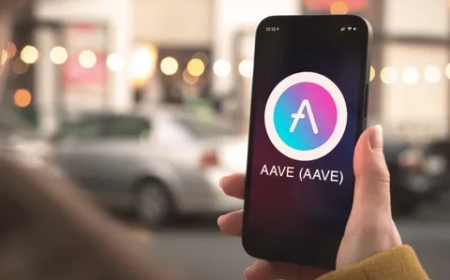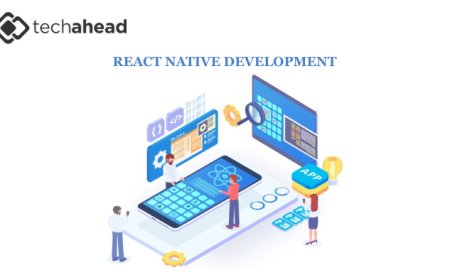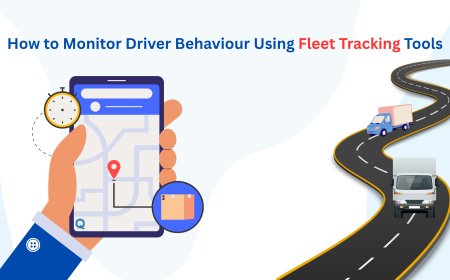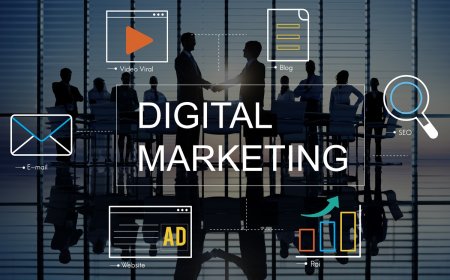How to Monetize Your AR/VR App: Business Models That Work
AR/VR technology has moved far beyond the experimental phase. With global investments soaring and user adoption rising steadily, developers and businesses are increasingly looking at ways to turn immersive applications into viable revenue streams.
AR/VR technology has moved far beyond the experimental phase. With global investments soaring and user adoption rising steadily, developers and businesses are increasingly looking at ways to turn immersive applications into viable revenue streams. While the technical execution of AR/VR experiences is now more feasible than ever, monetization strategies require careful planning and a clear understanding of user behavior, market dynamics, and platform limitations. In this blog, well explore the most effective business models for monetizing AR/VR apps in 2025 and offer practical guidance on how to choose the right one for your product.
1. Paid Apps and Premium Downloads
The most straightforward way to earn revenue from your AR/VR app is by charging users an upfront fee. This model works particularly well for niche apps that deliver unique value or are targeted toward specific industries like architecture visualization, simulation-based training, or specialized education. However, in consumer-facing markets like gaming or entertainment, users are often hesitant to pay before trying the experience. For this model to succeed, your app must demonstrate clear valuewhether through a demo, strong user reviews, or partnerships with trusted brands. Make sure to focus on platform-specific pricing strategies, especially on Oculus Store, Apple Vision Pro's ecosystem, or PlayStation VR.
2. Freemium with In-App Purchases
The freemium model allows users to download and access your app for free, while offering additional features, content, or tools as paid upgrades. This strategy has proven highly successful across mobile apps and is now making its way into AR/VR ecosystems. In a VR fitness app, for example, users might unlock additional workout programs or advanced tracking features via in-app purchases. In AR-based gaming, players may buy new skins, weapons, or character upgrades. The key to success here lies in offering compelling value in your free version, while making the paid enhancements feel like meaningful extensions rather than necessary components.
3. Subscription-Based Services
Recurring revenue is king when it comes to app monetization, and AR/VR apps are no exception. Subscription models work well for applications that deliver ongoing valuethink virtual collaboration platforms, meditation environments, or immersive learning systems. By offering monthly or annual subscription plans, you can maintain a predictable revenue stream while continuously improving your app. Many apps also adopt a tiered pricing structure, providing basic access at a low cost and premium features at higher tiers. Just be mindful of churn rates and ensure your content updates, customer support, and user experience justify the subscription.
4. Advertising and Brand Partnerships
Ad-based monetization has long been a staple in mobile apps, and its starting to take shape in immersive experiences as well. However, AR/VR advertising must be approached with careit must feel native, unobtrusive, and ideally enhance the experience. For example, in an AR navigation app, nearby restaurants or retail promotions can be overlaid naturally onto the users real-world view. In VR environments, product placements within virtual worlds or branded virtual events offer subtle, yet impactful exposure. Larger companies may seek immersive branded experiences, creating opportunities for AR/VR developers to partner with marketers on custom content. If you're working with an AR/VR App Development Company, they can often facilitate these partnerships and guide you through the process of integrating monetized brand experiences seamlessly.
5. Enterprise Licensing and B2B Sales
While consumer-facing apps often rely on high volume for profitability, B2B AR/VR solutions can generate significant revenue through licensing agreements. Many industries are adopting immersive technologies for training, simulation, prototyping, and collaboration. If your AR/VR app solves a clear pain pointlike reducing onboarding time, improving remote maintenance, or visualizing complex datayou may be able to license it to enterprises on a per-seat or per-year basis. This model often includes support services, onboarding, and ongoing updates. To succeed here, youll need a strong value proposition and robust security and compliance features.
6. Virtual Goods and Digital Assets
One of the fastest-growing monetization methods in the immersive world is selling digital assets within AR/VR ecosystems. These include 3D avatars, skins, objects, clothing, furniture, or even real estate in virtual worlds. Platforms like Decentraland, Roblox, and Horizon Worlds are setting the stage for entire economies built on virtual goods. If your app allows user personalization or world-building, offering exclusive or customizable digital items can drive substantial revenue. To further incentivize purchases, consider creating limited-time or collectible items that play into a sense of digital ownership.
7. Event-Based Monetization
AR/VR technology is redefining the live event experience, offering virtual concerts, conferences, art shows, and even weddings. Charging users for access to these eventseither via single-purchase tickets or VIP upgradescan be a lucrative model. This strategy works well when the content is time-sensitive and offers a unique experience that users can't find elsewhere. For example, a VR-based music performance with 360 views and interactive elements can command premium ticket pricing. Collaborations with real-world artists, speakers, or brands can help draw larger audiences and generate additional revenue from sponsorships.
8. Pay-per-Use or Microtransactions
Not every user wants to commit to a subscription or pay upfront. Thats where pay-per-use and microtransactions come in. Users might pay a small fee to access a single session, unlock a short experience, or even rent a virtual tool or environment for a limited time. This model is especially attractive for apps in entertainment, fitness, or education, where users consume content in short, self-contained bursts. Its essential to keep pricing intuitive and frictionlessusers should be able to make quick decisions without disrupting their immersion.
9. Crowdfunding and Early Access
If your AR/VR app is still in development or you're building a niche experience, crowdfunding can serve as both a monetization method and a marketing tool. Platforms like Kickstarter or Indiegogo allow you to generate buzz, validate your idea, and raise capital before launch. Early access programswhere users pay to access a beta versionalso provide a revenue stream while letting you gather feedback and iterate. These models work best when paired with a strong storytelling angle and a clear development roadmap.
10. Hybrid Models for Diversification
In many cases, the most effective monetization strategy is a combination of multiple models. For example, you might offer a free version of your AR/VR app with limited features, premium content via in-app purchases, and a subscription for advanced users. You could also supplement these with branded experiences or sell digital goods. The key is to understand your audience and tailor your revenue streams accordingly. Diversification also helps reduce dependence on a single source of income and allows more flexibility to adapt to market changes.
Final Thoughts
Monetizing AR/VR apps in 2025 is both a challenge and an opportunity. With a variety of business models at your disposal, the key to success lies in aligning your monetization strategy with user expectations, app functionality, and market demand. Whether youre targeting consumers or enterprises, immersive experiences must provide clear value if users are expected to pay. Its equally important to focus on user retention and long-term engagementbecause in the AR/VR world, the real value isnt just in the download; its in the ongoing experience. Partnering with an experienced AR/VR App Development Company can help you navigate these complexities and ensure that your monetization strategy is not only viable but scalable.





















![Top 11 Real Estate Mobile App Developers in Riyadh, Saudi Arabia [2025 Edition]](https://www.philadelphialivenews.com/uploads/images/202506/image_430x256_68621a9e48997.jpg)





















